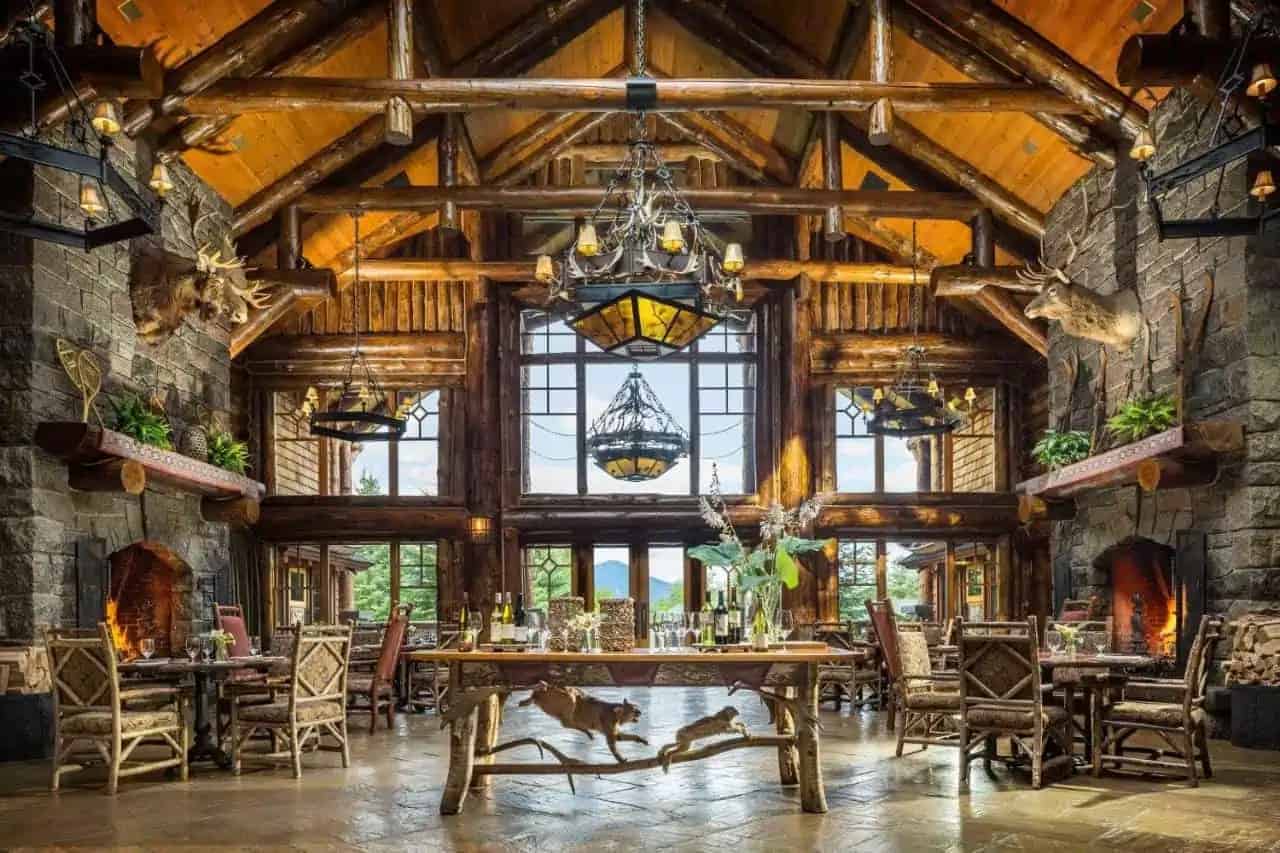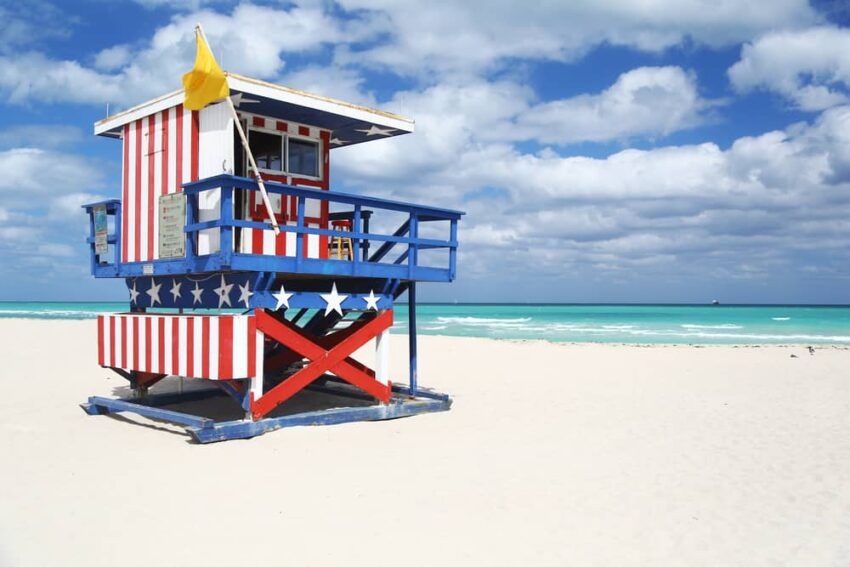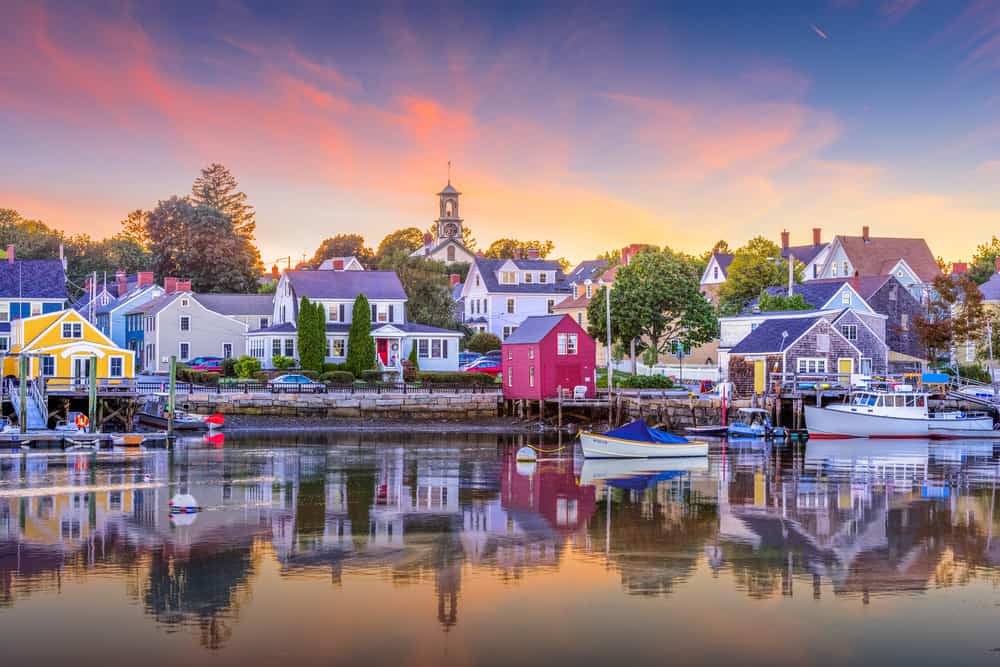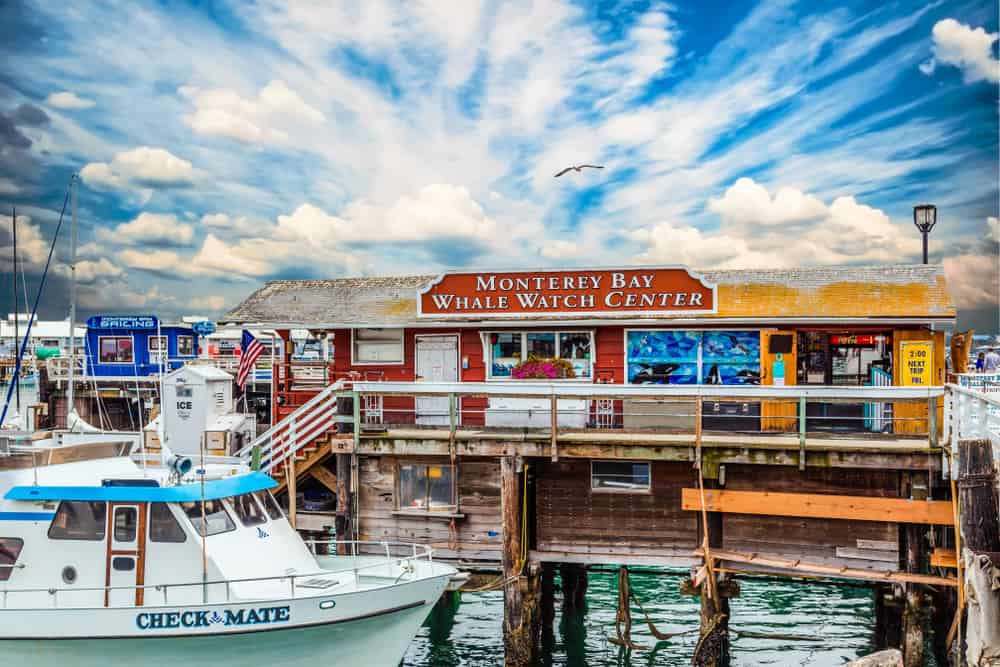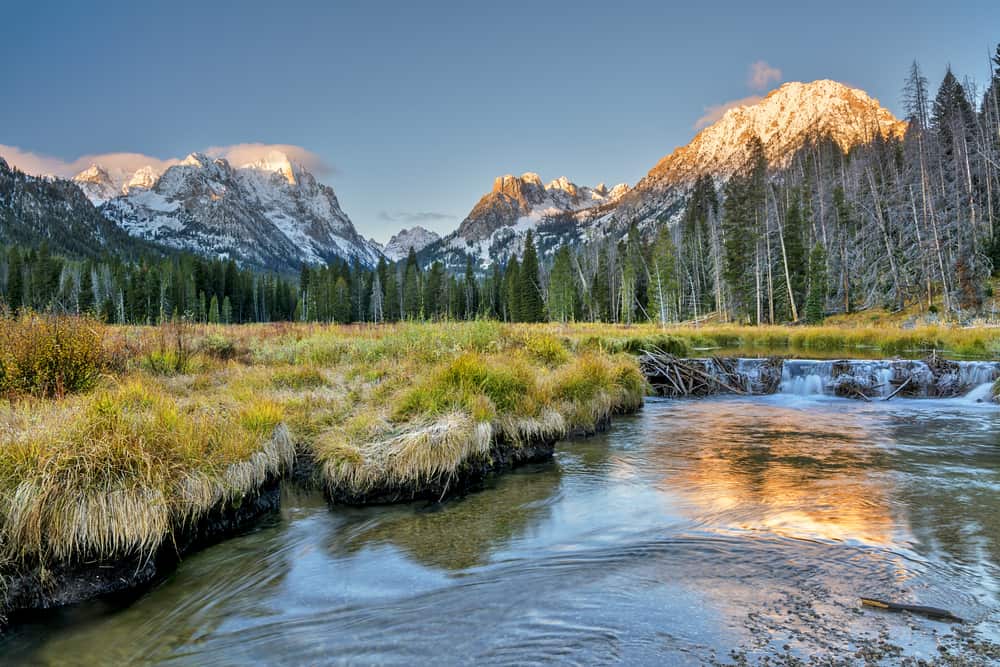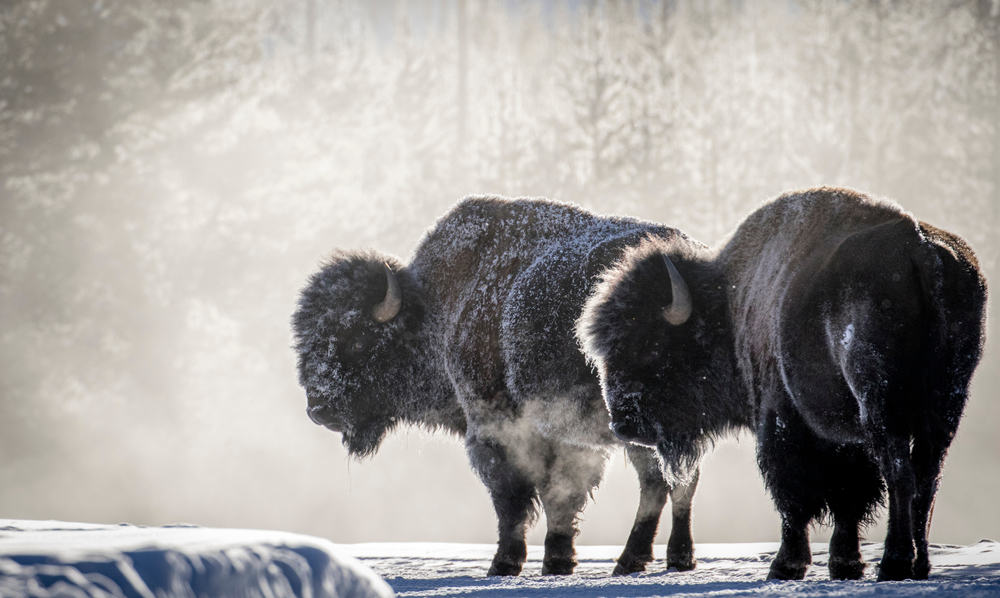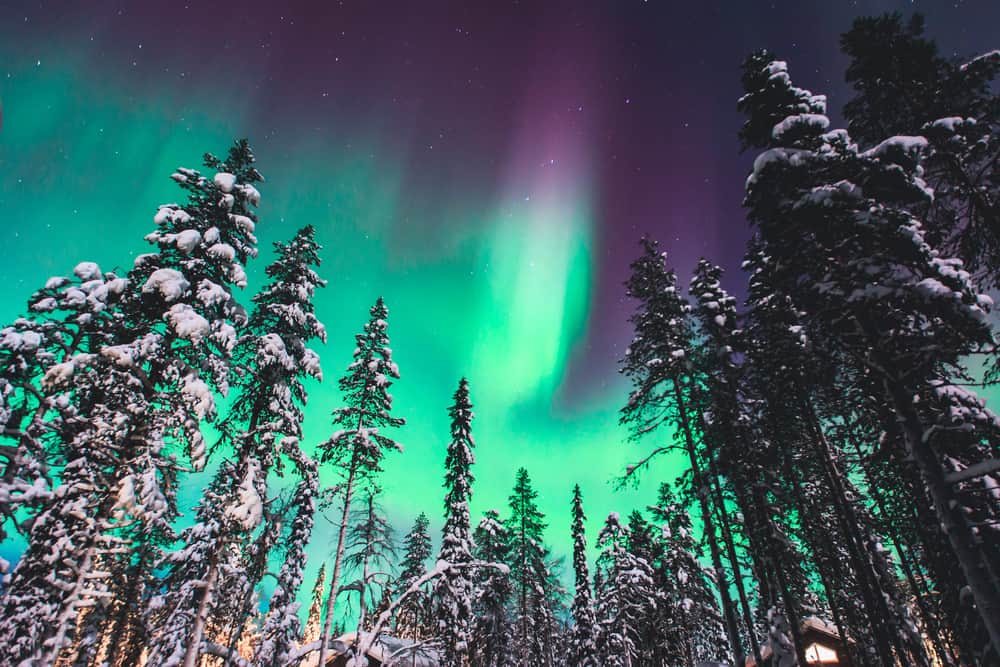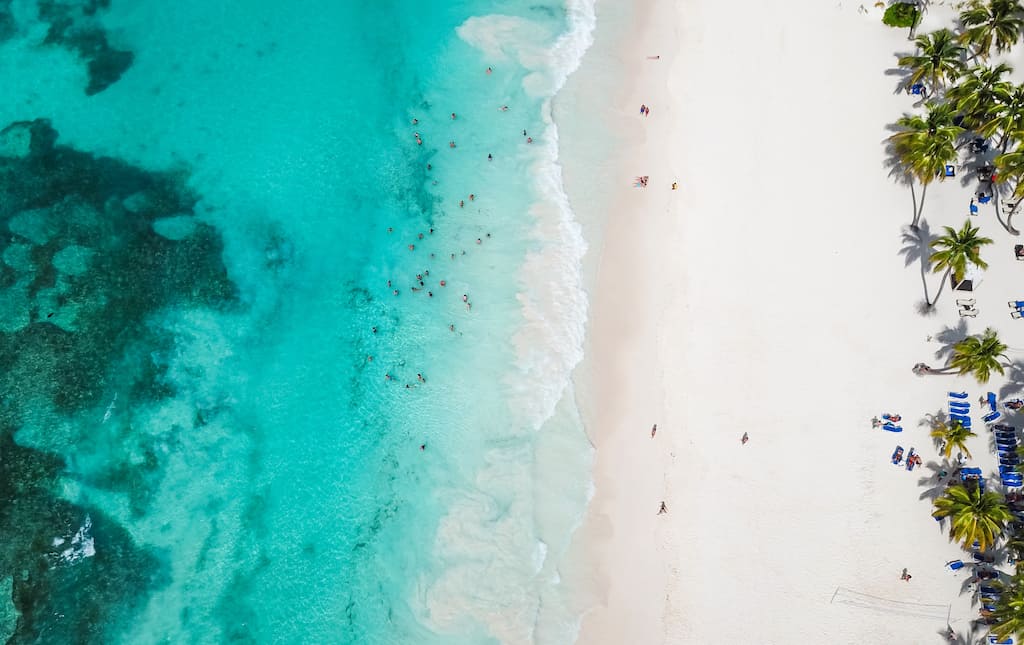20 Amazing Places to Visit in October in the USA
There is no question about it: Fall in the USA is iconic! Surprisingly, it isn’t just the foliage that makes it so. I think October is the perfect time for an American Adventure for several … Read more


